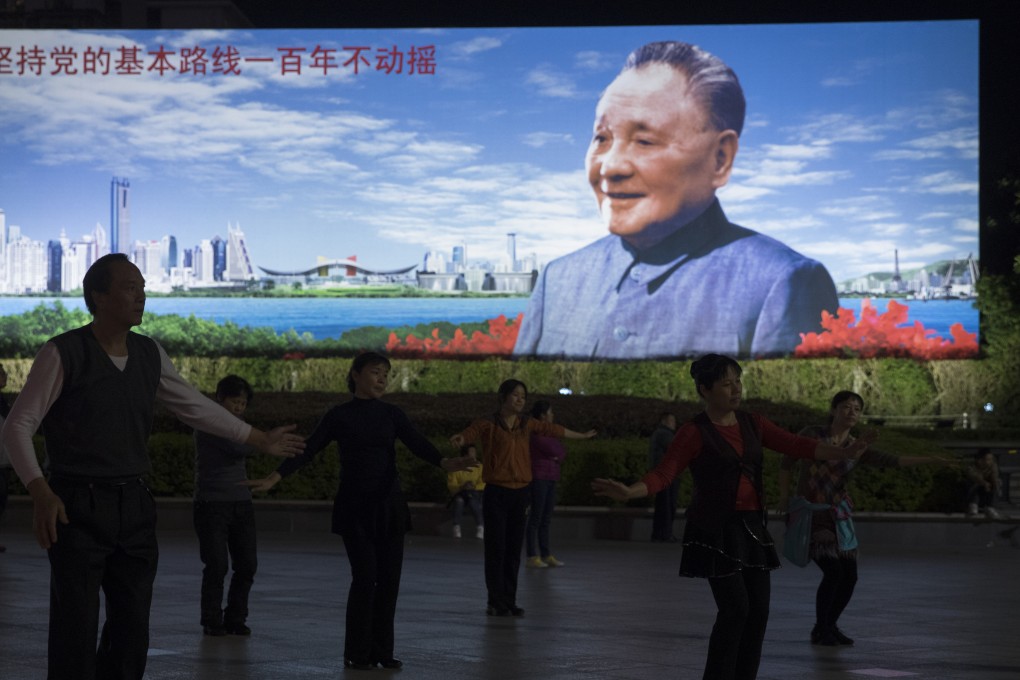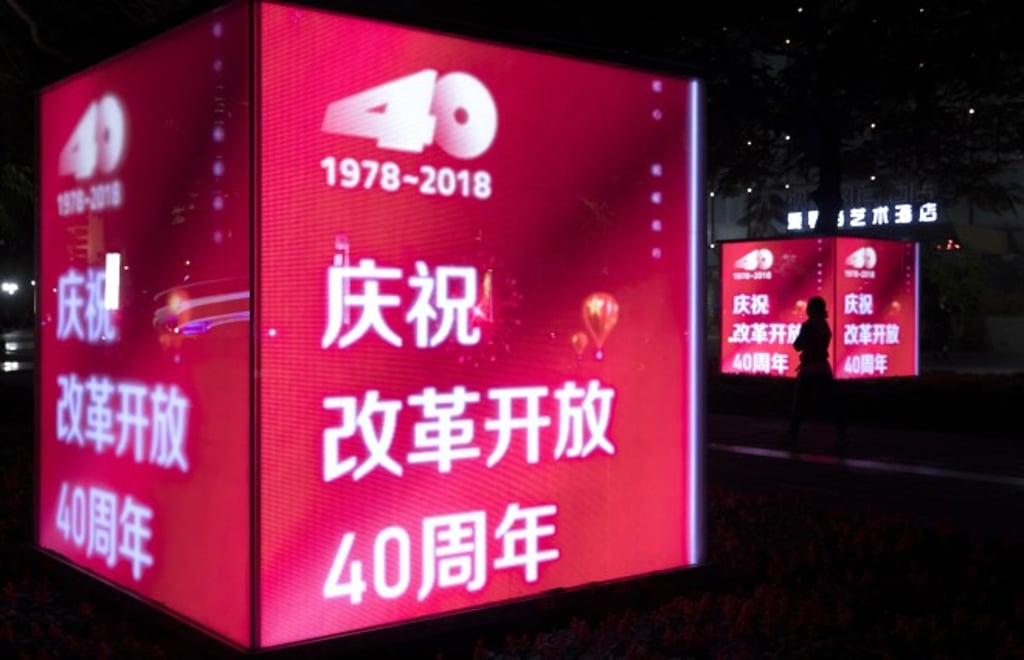The makeover that defined modern China
Forty years ago, Deng Xiaoping launched pragmatic economic reforms that launched the new China we know today.

The “Made In China” label is ubiquitous. We see it on plastic toys, apparel and electronics. Chinese products are fanned out across the world today – on the shelves of American stores and to the homes of Russians. Their footprints are wide and global.
But about four decades ago, this would have been inconceivable. Then, China was poor, reclusive and isolated. Supplies of basic commodities were so tight that ration coupons were distributed. At the time, more than 88 per cent of its population lived on less than US$2 a day.
This all changed when late paramount leader Deng Xiaoping initiated China’s reform and opening up, or gaige kaifang, in 1978. These were a series of economic reforms which opened the country up to foreign investment and the international community.
Today, the drive has cemented China as a major economic player on the global stage. This year marks 40 years since the reform and opening up began.
Before reform
Before 1978, Mao Zedong led a decade of Cultural Revolution, which left behind a broken Chinese economy.
Mao’s central goal was to make China’s economy relatively self-sufficient. Private enterprises and foreign-invested firms were generally barred.
Mao’s policies kept the economy stagnant, inefficient and isolated from the global economy.
The centrally planned economy not only failed to grow, but it also caused China to fall far behind the industrialised nations of the West and the new industrial powers of Asia: Hong Kong, Singapore, South Korea and Taiwan.
But after Mao's death in 1976, reformer Deng Xiaoping led the economy through a transition from state ownership to state-led capitalism.
Class struggle, which had been apparent during the Cultural Revolution, made way for economic development. This ushered in a new era for the Chinese economy.

After reform
The first reforms began in the countryside. Farmers signed agreements to divide communally owned farmland into individual units.
The central government also initiated price and ownership incentives for farmers, which enabled them to sell a portion of their crops on the market.
This shifted the Chinese economy from centralised planning towards a socialist market economy.
Later, Deng moved the reform to the cities. Deng urged the rapid development of coastal cities earmarked as “special economic zones”, or pilot areas for experimenting with market forces.
The government formed four special economic zones along the coast to attract foreign investment, boost exports and import high technology products into China.
Located in the cities of Shenzhen, Zhuhai, Shantou and Xiamen, they were the symbols envisioned of a modern, prosperous China.
Future of its reform
Fast forward to today, and China is the biggest trading nation in the world. Until 2015, it was the world’s fastest-growing economy, with growth rates averaging 10 per cent over 30 years.
The reform and opening up has made China nothing short of an economic miracle, lifting more people out of poverty than any other country.
Today, it is continuing in a different form: the trillion-dollar Belt and Road Initiative, an ambitious infrastructural push to expand China’s political and economic influence internationally.
For a long time, China was seen as the world’s factory – but not anymore. The government has made innovation a top priority in its economic planning, through initiatives like “Made in China 2025”, a plan announced in 2015 to upgrade and modernise China’s manufacturing.
In all likelihood, it won’t be long before “Made in China” goes beyond toys and apparel, and moves towards more technological items like drones and robots.